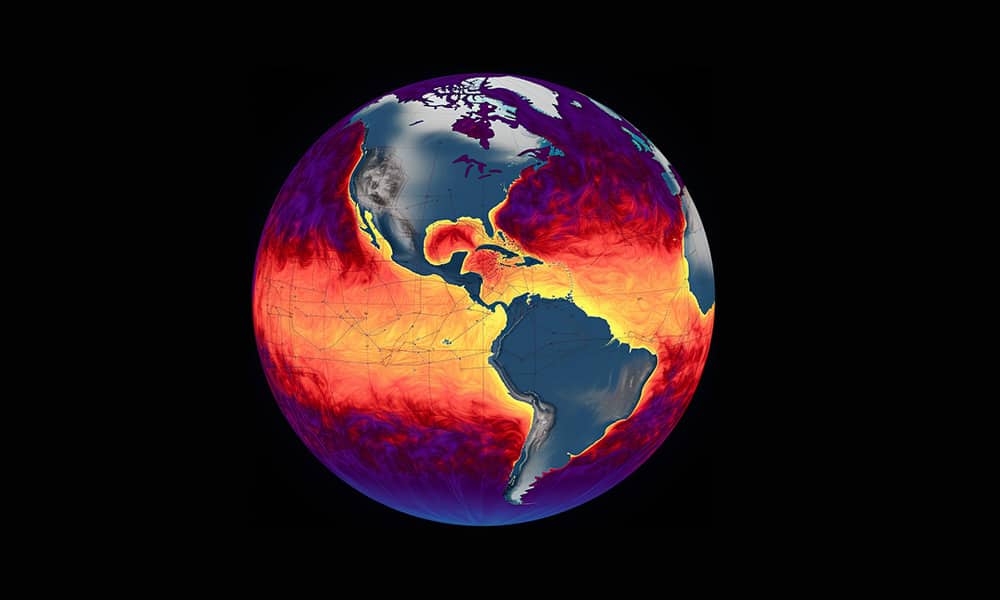Costa Rica is no stranger to the effects of climate change. In recent years, the country has experienced more extreme weather events, such as droughts, floods, and hurricanes. These events are becoming more frequent and severe, and they are having a significant impact on the country’s environment, agriculture, and economy.
One of the most worrying climate change phenomena affecting Costa Rica is El Niño. El Niño is a natural climate oscillation that occurs every few years when the trade winds weaken, allowing warm water to build up in the central and eastern Pacific Ocean. This warming of the sea surface temperatures disrupts weather patterns around the world, and it can have a devastating impact on Costa Rica.
The Effects of El Niño on Temperatures
One of the most noticeable effects of El Niño in Costa Rica is an increase in temperatures. During an El Niño event, average temperatures in the country can rise by as much as 2 degrees Celsius. This may not seem like much, but it can have a significant impact on the environment and agriculture.
For example, higher temperatures can lead to more evaporation, which can dry out soils and vegetation. This can make it difficult for crops to grow, and it can also increase the risk of wildfires. In addition, higher temperatures can also lead to the spread of diseases, such as dengue fever and malaria.
The Effects on Costa Rica Precipitation
In addition to increasing temperatures, El Niño can also lead to changes in precipitation patterns. During an El Niño event, the Caribbean and northern regions of Costa Rica typically receive more rain than usual, while the central and southern Pacific regions typically receive less rain. This imbalance in precipitation can have a significant impact on agriculture and water resources.
For example, in the central and southern Pacific regions, El Niño can lead to droughts. This can make it difficult for farmers to grow crops, and it can also lead to water shortages for drinking, bathing, and irrigation. In the Caribbean and northern regions, El Niño can lead to flooding. This can damage infrastructure and homes, and it can also pose a risk to human health.
Adapting to Climate Change
Costa Rica is facing a number of challenges as a result of climate change. However, the country is also taking steps to adapt to these challenges. For example, the government is investing in renewable energy sources, such as solar and wind power, to reduce the country’s reliance on fossil fuels. The government is also working to improve water management systems to reduce the risk of droughts and floods.
In addition, Costa Rica is promoting sustainable agriculture practices that can help to mitigate the effects of climate change. For example, farmers are planting trees and shrubs to help conserve water and prevent soil erosion. They are also using organic fertilizers and crop rotation to improve soil health.
Final Thoughts
Climate change is a serious challenge that is affecting Costa Rica and the rest of the world. However, Costa Rica is taking steps to adapt to these challenges and build a more sustainable future. By investing in renewable energy, improving water management, and promoting sustainable agriculture, Costa Rica is showing the world that it is possible to adapt to climate change and build a more resilient future.






